4 Fun Places for Custom Upholstery
Custom upholstery is a wonderful way to make your home feel uniquely yours and seems to be a dying art. There are so many options for texture, color, and utility as well as locations you might have never thought of to employ custom upholstery! The obvious ones include your furniture and window treatments but today we will walk through five places you wouldn’t normally think of employing custom upholstery in your home! They include your walls, wall panels, doors, and hand rails. Let’s dive in to see them in action, the best fabric styles for each, and the process to implement them.
Wall Upholstery:

Upholstered wall in my office. Notice the decorative cording at crown molding and at baseboard.
Fabric Selection
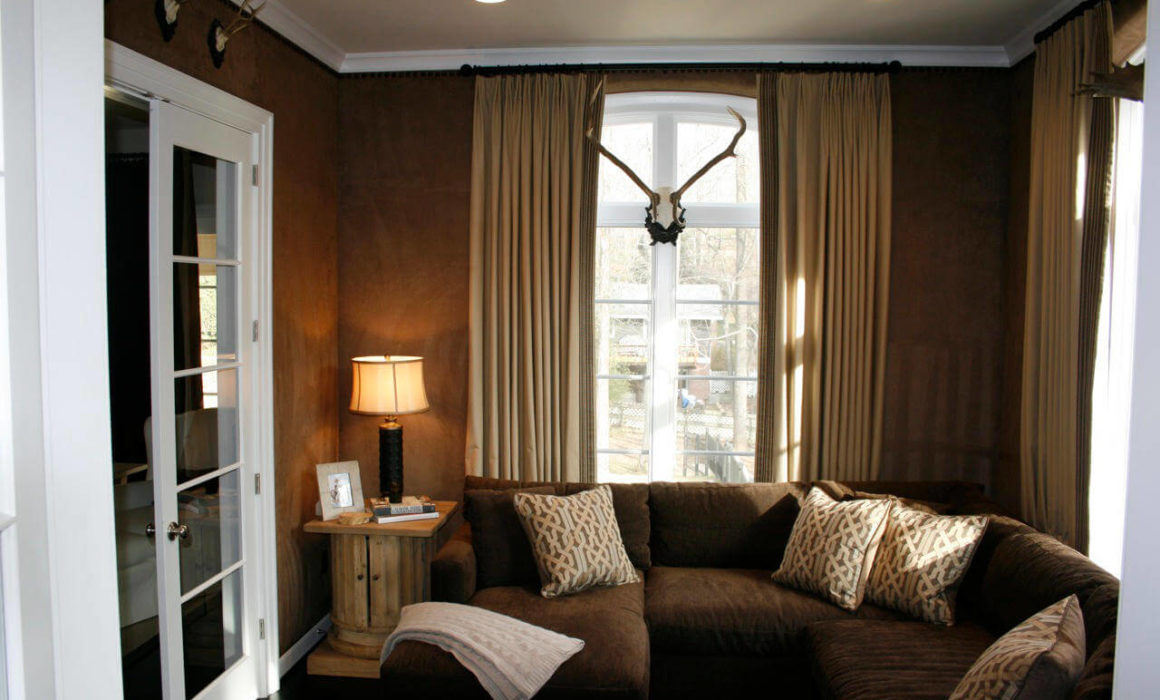
Family room with upholstered walls in ultra suede
The Process
Care
Upholstered Wall Panels
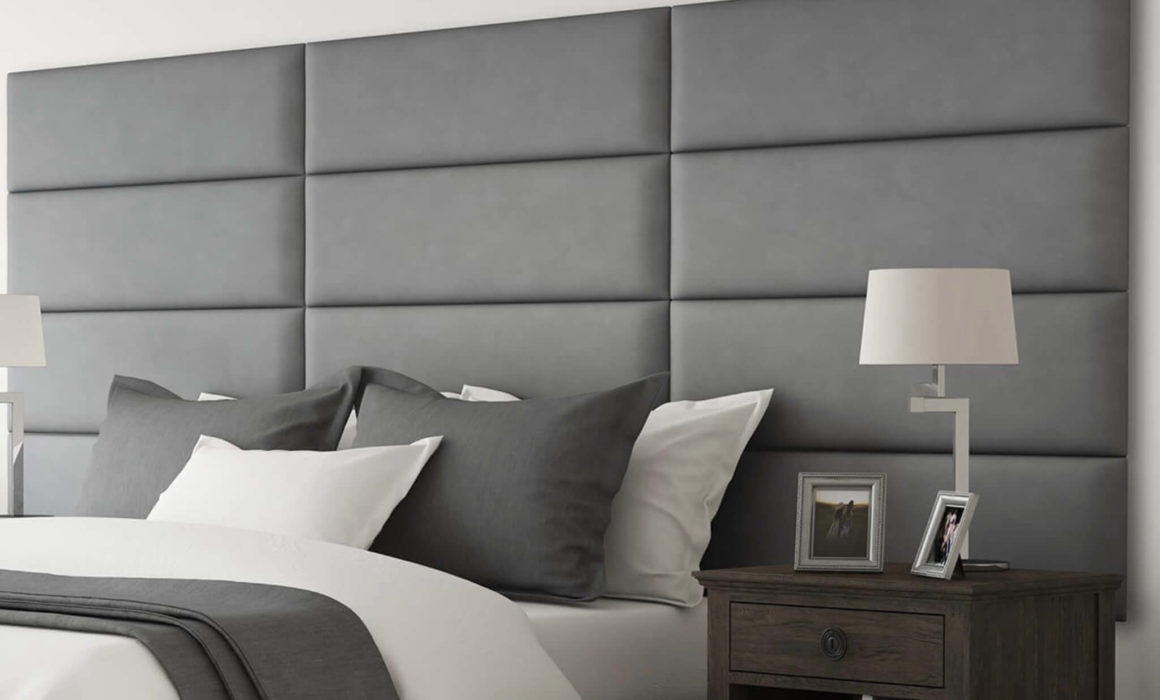
Fabric Selection
Similar to the walls, you can select any kind of fabric, but consider the size if you want to use a pattern as it can be difficult to match up.
The Process
Care
Care is very similar to the walls, you should not need to do much but occasional dusting.
Upholstered Doors

Upholstered doors add flair and style to plain or damaged doors. As a portal to a special place, doesn’t the door require extra attention? Think beyond paint by adding design and texture with upholstery and nailhead trim.
Fabric Selection
Because it’s a door, leather and ultra suede are great choices for durability. Nail-heads should also receive special attention in selection for that custom design. These considerations add the finishing touch to your upholstered door design.
The Process
Care
Because doors do get a lot of use having a durable material is very helpful and using whatever care you would typically employ for leather, suede, etc should be employed here to keep your fabric in top shape.
Upholstered Hand Rails
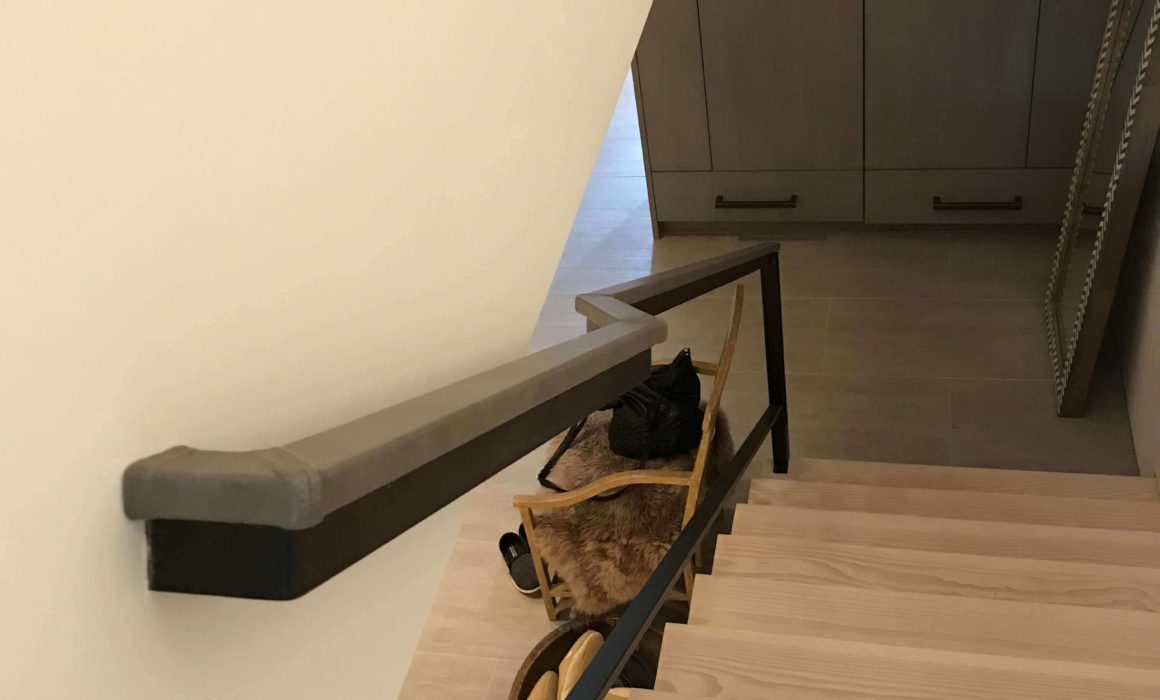
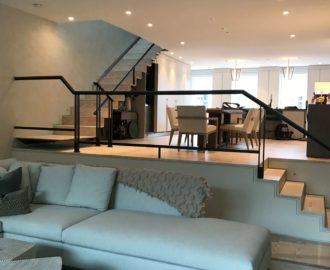
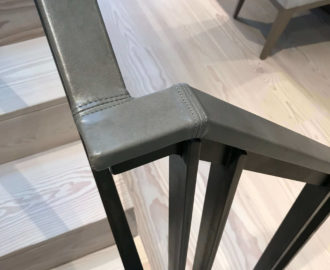
Fabric Selection
Like with the door, handrails are used often, thus leather and ultra suede are great choices for durability. Stitching should also be considered since seams will show in some areas.
The Process
Care
Use cleaner for whatever fabric type you have and pay special attention to the places that get the most wear, like at the top and bottom of the stairs.
Conclusion
Custom upholstery is perfect to warm up any space and make it feel personal. While it can seem daunting to use fabrics in these spaces, the care is not typically very difficult and is also easier to change later on than wallpaper! We love working with our master craftsman to create beautiful custom work for our clients and would love to discuss with you if there are places you’d like to employ custom upholstery in your home!
